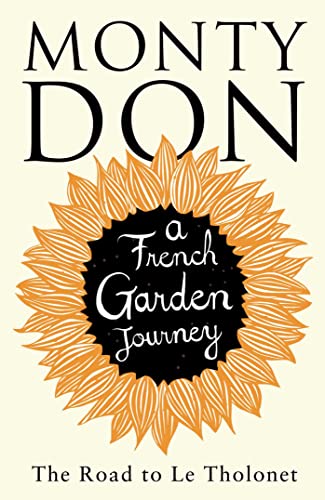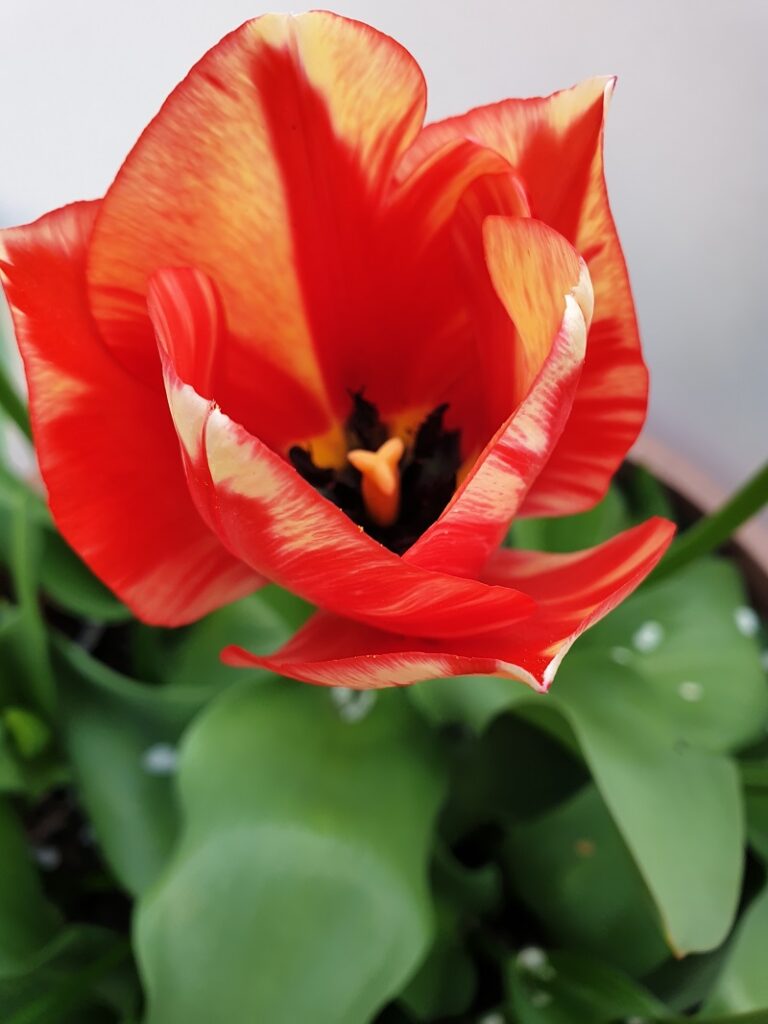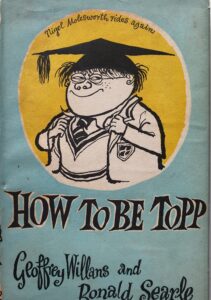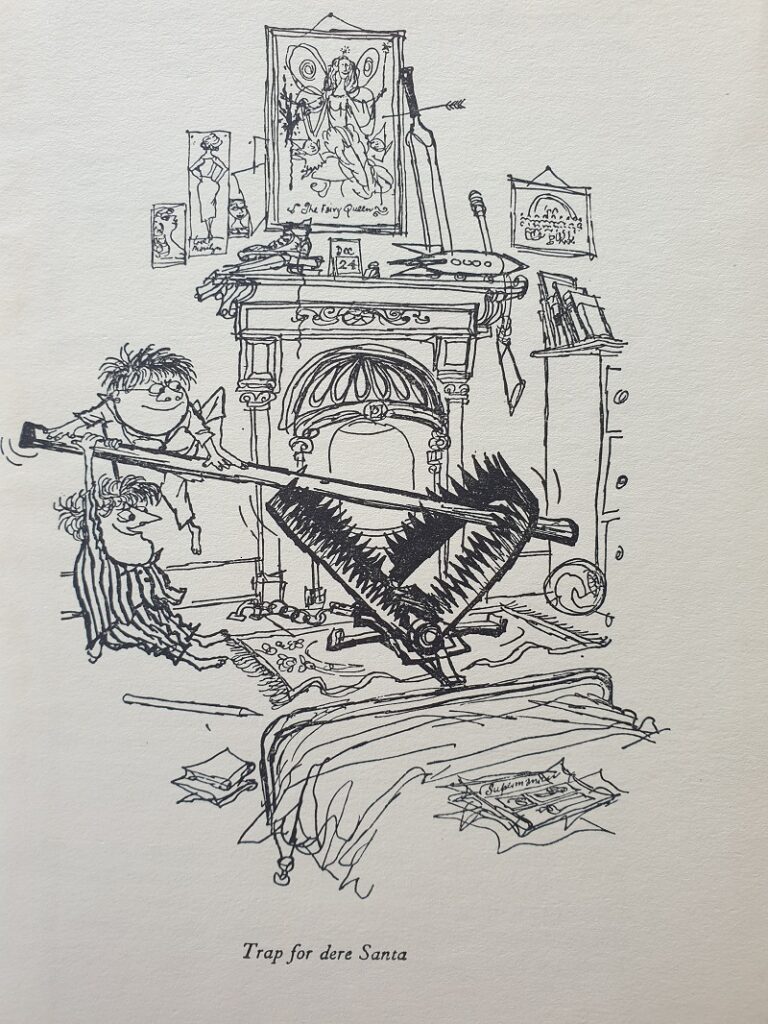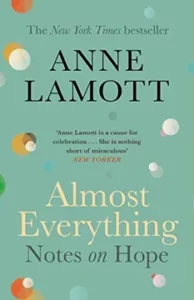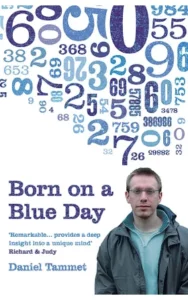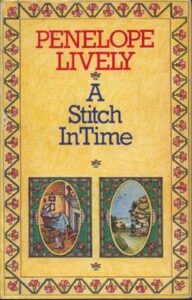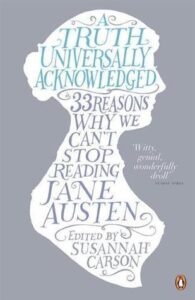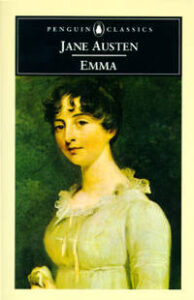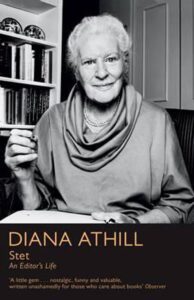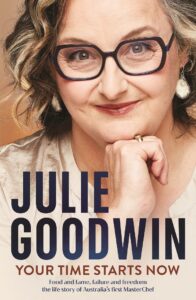 It’s so tempting to leave this out; it would be much easier to skip it over as a repetitious, almost boring part of the story. For the love of god, what now, I can almost hear you say. But I have to include this part, just as I did all the other parts. Without it, it might seem that recovery from a mental illness is a straight line from unwell to well, as long as you do all the things you’re supposed to. And that just isn’t necessarily true. I was doing all the things. All of them. I was attending AA daily. I was exercising…taking medication, doing meditation, getting therapy. And to top it all off, I had a granddaughter… It still seems inconceivable to me that I could have been hit by this bus once again, with all the good things that were happening in my life.
It’s so tempting to leave this out; it would be much easier to skip it over as a repetitious, almost boring part of the story. For the love of god, what now, I can almost hear you say. But I have to include this part, just as I did all the other parts. Without it, it might seem that recovery from a mental illness is a straight line from unwell to well, as long as you do all the things you’re supposed to. And that just isn’t necessarily true. I was doing all the things. All of them. I was attending AA daily. I was exercising…taking medication, doing meditation, getting therapy. And to top it all off, I had a granddaughter… It still seems inconceivable to me that I could have been hit by this bus once again, with all the good things that were happening in my life.
Like a lot of the Australian public, my family got hooked on the TV juggernaut that was Masterchef – but we came to the party one year late, and never saw the first season.
We enjoyed the show for a few years, and then we didn’t. This year was the first full season we’ve watched for more than a decade.
We became hooked again this year. Probably me more than my husband, but then I am the greedier of the two. I can watch cooking shows with the sound off; just to see all that chopping and mixing is indescribably soothing. And I have only just had an aha! moment, where the beauty and efficacy of actually following recipes has been revealed to me.
So, this year, when Masterchef 17 finished, we watched Masterchef 1.
It was very different to the 2025 version. More basic dishes. And very basic kit – domestic ovens, few appliances, no blast chiller until near the end. Silly rules, like having to pick 20 ingredients from the pantry in 2 minutes. Ridiculous and stressful team challenges, like having to race around Hong Kong trying to buy a suckling pig, or catch your own fish to cook a seafood lunch. It was horrible watching the losing team voting out the worst-performing member. Imagine the slew of law suits if they tried that one now.
Julie Goodwin, the eventual winner, was a 38-year-old IT consultant. She came across as down-to-earth, honest and forthright. She loved to cook for her family – ‘her boys’ – and her dream was to start a little restaurant that served homely food that made people feel loved. She could get flustered and nervous and burst into tears; she was a supremely messy cook, and at times her lack of organisation did her in. But she cooked good, tasty, delicious food. I think some of the other contestants, particularly the men, tended to write her off as a just a mum and essentially a home cook – but she was a sponge, soaking up experiences and learning all the time.
I probably wouldn’t have borrowed Your Time Starts Now if I we hadn’t spent those nights on the couch watching invention tests and team challenges and the contestants manically trying to reproduce, for example, a towering croquembouche. The book wasn’t quite what I was expecting. And that’s good, isn’t it? I quite like to be wrong. Perhaps I had also expected her to be the generous, happy person she appeared to be on the show. Perhaps I was hoping for a bit of tell-all about the other contestants, especially the ones I didn’t like. Instead, the story threading through Your Time Starts Now is about mental illness. Sexual abuse, and years of unrelenting perfectionism and positivity led to overwhelm, anxiety, depression, addiction. The demons that had stalked Julie for much of her life finally landed her in a suicidal state. It was only the kindness of two strangers (and a dog) who noticed a woman standing near a cliff, obviously in some kind of trouble, that saved her. They stayed with her, talking, until she was able to phone her husband. Shortly after, she was admitted to a private psychiatric hospital. It was the first of several admissions.
That she chose this way to open up about her mental health struggles is, I think, admirable. Because it’s easy to think that with success, money, a rewarding career, public recognition, a happy marriage, three healthy children, a person will automatically be happy. Hell, they just should be happy. And if not, why not?
If you’re always comparing down – there are people who are so much worse off than me, financially, health-wise, in terms of their human rights – you can feel you have no right to complain about anything at all. This leads to an inability to ask for help without feeling enormous guilt. And that’s where I found myself. Comparing down, and feeling ashamed of feeling anything other than tickety-boo 100 percent of the time.
We’re still so stupidly prejudiced about mental illness! And I find it even more admirable that she resisted writing an ‘inspirational’ upward trajectory to triumph, and detailed the ups and downs, the struggles, the tedium, the frustration, the hard work and the eternal vigilance of her recovery.

